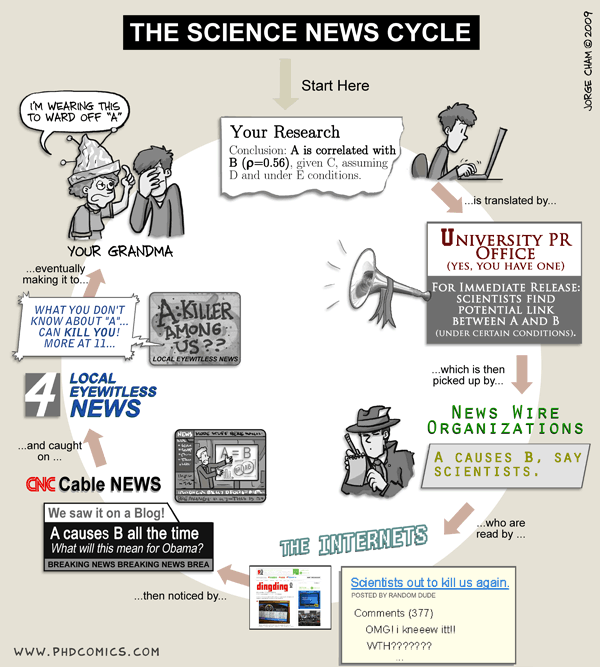https://www.eventscribe.com/2018/SAEM/agenda.asp?h=Plenary&BCFO=PL
Results: Of 3,005 enrolled patients, 1,506 were assigned to initial LT and 1,499 to initial ETI. Patient characteristics were similar between treatment arms. Seventy-two hour survival was significantly higher for LT than ETI: 18.2% vs 15.3%, adjusted difference 2.9% (95% CI: 0.2-5.6%), p < 0.01.Secondary outcomes were significantly better for LT than ETI: ROSC 27.9% vs. 24.1%, p=0.02; hospital survival 10.8% vs 8.0%, p=0.01; favorable neurological status at discharge 7.0% vs 5.0%, p=0.02. There were no significant differences in oropharyngeal or hypopharyngeal injury, airway swelling, or pneumonia or pneumonitis.
Conclusions: In this multicenter pragmatic clinical trial in adult OHCA, initial LT was associated with significantly better clinical outcomes than initial ETI. EMS providers should consider a strategy of initial LT in adult OHCA.
Results: Of 3,005 enrolled patients, 1,506 were assigned to initial LT and 1,499 to initial ETI. Patient characteristics were similar between treatment arms. Seventy-two hour survival was significantly higher for LT than ETI: 18.2% vs 15.3%, adjusted difference 2.9% (95% CI: 0.2-5.6%), p < 0.01.Secondary outcomes were significantly better for LT than ETI: ROSC 27.9% vs. 24.1%, p=0.02; hospital survival 10.8% vs 8.0%, p=0.01; favorable neurological status at discharge 7.0% vs 5.0%, p=0.02. There were no significant differences in oropharyngeal or hypopharyngeal injury, airway swelling, or pneumonia or pneumonitis.
Conclusions: In this multicenter pragmatic clinical trial in adult OHCA, initial LT was associated with significantly better clinical outcomes than initial ETI. EMS providers should consider a strategy of initial LT in adult OHCA.

